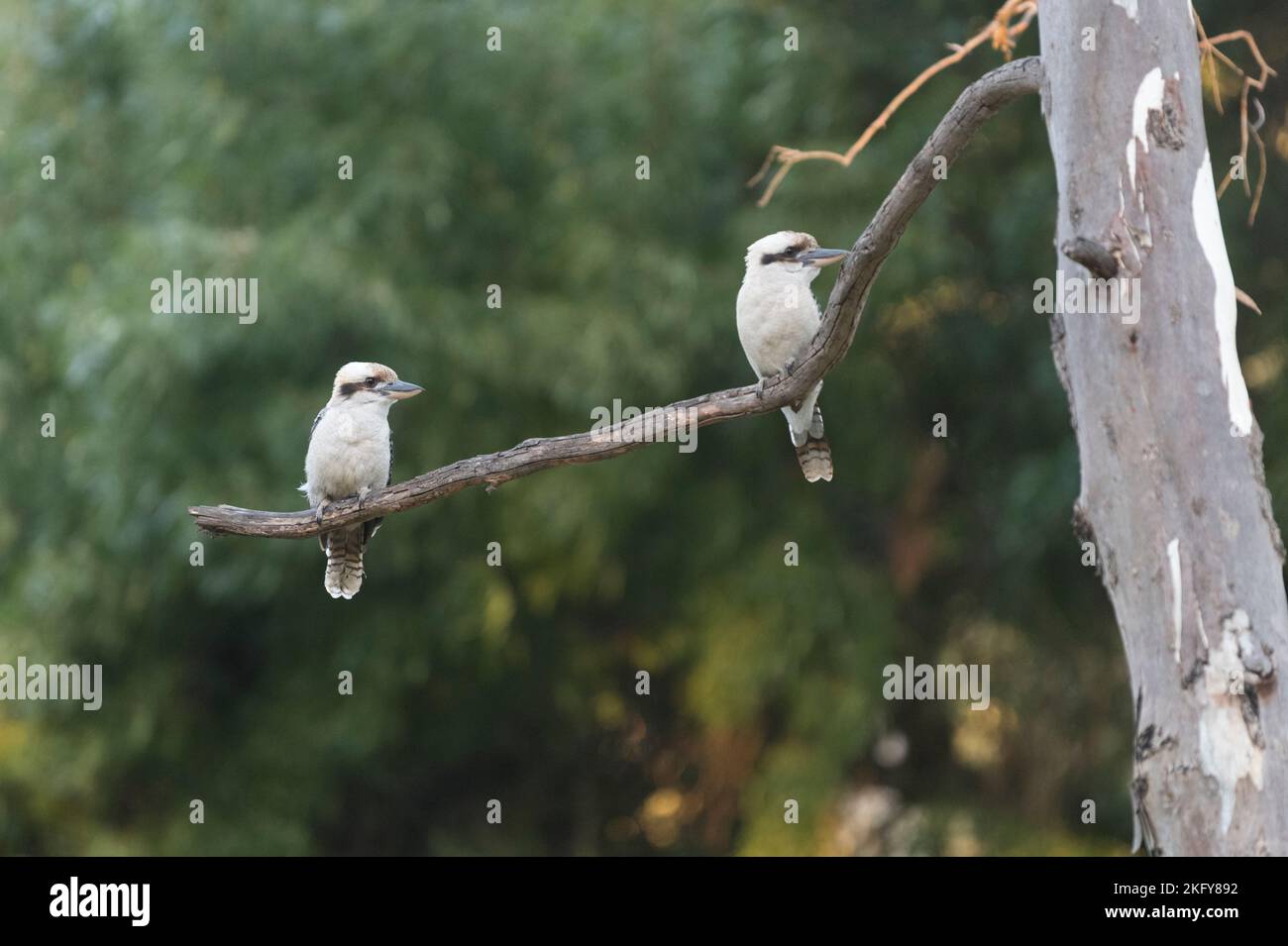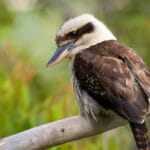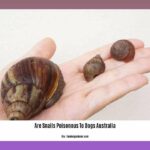This cheerful Australian children’s song has charmed generations with its simple melody and iconic imagery. Let’s explore the rich history, evolving meaning, and cultural significance of “Kookaburra Sits in the Old Gum Tree.”
Decoding the Kookaburra’s Song
“Kookaburra sits in the old gum tree,\
Merry, merry king of the bush is he.\
Laugh, Kookaburra! Laugh, Kookaburra!\
Gay your life must be!”
These instantly recognizable lyrics evoke a joyful scene of Australia’s bush, featuring its iconic laughing resident, the kookaburra. But there’s more to this beloved song than meets the eye.
The Lyrics: Original and Evolving
The lyrics above represent the most commonly sung version. However, variations exist, including some that place the kookaburra on the gum tree instead of in it. The line “Merry, merry king of the bush is he” isn’t part of the original 1932 composition but is a frequent addition.
The word “gay” in the original version meant “happy” or “lighthearted.” Given the word’s evolved meaning, modern interpretations often substitute “happy,” “bright,” or “joyful.” This shift reflects how language and sensibilities change over time.
| Original Lyric | Modern Variation |
|---|---|
| Gay your life must be | Happy your life must be |
| Gay your life must be | Bright your life must be |
| Gay your life must be | Joyful your life must be |
A Song’s Journey: From Humble Beginnings to National Icon
In 1932, Australian teacher Marion Sinclair composed “Kookaburra Sits” for a Girl Guides competition. It’s easy to imagine her drawing inspiration from the kookaburra’s distinctive call, crafting a playful tune for children. The song quickly transcended its initial purpose, becoming a cherished nursery rhyme and a cultural touchstone. Its simple melody and relatable lyrics resonate with children and adults alike, evoking a sense of nostalgia and connection to the Australian bush. “Kookaburra Sits” has permeated popular media, appearing on children’s programs like Play School and Barney, further solidifying its widespread recognition. It’s likely that this song springs to mind for anyone familiar with Australia upon mention of the kookaburra. If you want to get to know more about one of nature’s most unique and amazing creatures, you can check out the ladybird fact file, which gives details about these fantastic insects.
Cultural Significance and Educational Impact
“Kookaburra Sits” is deeply entwined with Australian identity. The kookaburra, with its unique call, has become a symbol of the nation’s wildlife, while the gum tree (eucalyptus) represents the Australian landscape. The song introduces children to these natural elements, fostering an appreciation for the environment. Its use in educational settings also promotes language development, musicality, and rhythmic skills. Some experts believe the song encapsulates the easygoing, optimistic spirit often associated with Australians.
Beyond Australian Shores: International Recognition
The song’s appeal extends beyond Australia. Its catchy tune and universal themes of nature and joy have resonated with people worldwide. This global recognition speaks to the song’s simple charm and the kookaburra’s distinctive appeal.
A Brush with Controversy
“Kookaburra Sits” became entangled in a copyright dispute. In 2009, Larrikin Music, holding the publishing rights, sued Men at Work, claiming their hit “Down Under” contained a flute riff resembling “Kookaburra Sits.” Larrikin Music ultimately prevailed, sparking debate about artistic inspiration, originality, and copyright boundaries.
Ongoing Exploration
Discussions continue regarding the song’s meaning and significance, particularly the evolution of its lyrics. Researchers are exploring its impact on Australian identity and traditions. The kookaburra’s call, a likely inspiration for the song, remains a source of fascination, particularly its cultural significance to Aboriginal Australians.
The Kookaburra: A Symbol of the Australian Bush
Habitat and Call
Kookaburras inhabit the eucalyptus forests of eastern Australia. Their distinctive “laugh” serves as territorial defense and communication. This unique sound likely inspired Marion Sinclair’s composition.
Diet and Lifestyle
Kookaburras are carnivorous, feeding on insects, small reptiles, and rodents. They are known for their social behavior and often live in family groups.
Unpacking the Meaning: Multiple Perspectives
The song’s meaning isn’t explicitly stated, lending itself to various interpretations. Some see it as a celebration of the Australian bush, highlighting the kookaburra’s joyful call against the backdrop of the gum tree. Others suggest a message of finding joy in simple things, embodied by the kookaburra’s carefree nature. The song may also be interpreted as a celebration of Australian identity, connecting children to their natural heritage. Some theories propose the lyrics’ simplicity and repetition are designed for easy memorization, aiding children in learning about Australian flora and fauna. The song’s magic may lie in its ambiguity, allowing each listener to forge a personal connection.
Looking Ahead
“Kookaburra Sits in the Old Gum Tree” remains a vibrant part of Australian culture. Future research may shed further light on its origins and intentions. Until then, the kookaburra’s cheerful call echoes from the old gum tree, inviting us to listen, sing along, and discover our own meaning in this simple yet powerful song.
- Sept 31 Myth: Unveiling Calendar Secrets - March 18, 2025
- How Long & Till December 18, 2025: Accurate Countdown Guide - March 18, 2025
- Discover Japanese Artists: A Complete History - March 18, 2025

















1 thought on “Kookaburra Sits in the Old Gum Tree: Lyrics, History, and Meaning”
Comments are closed.